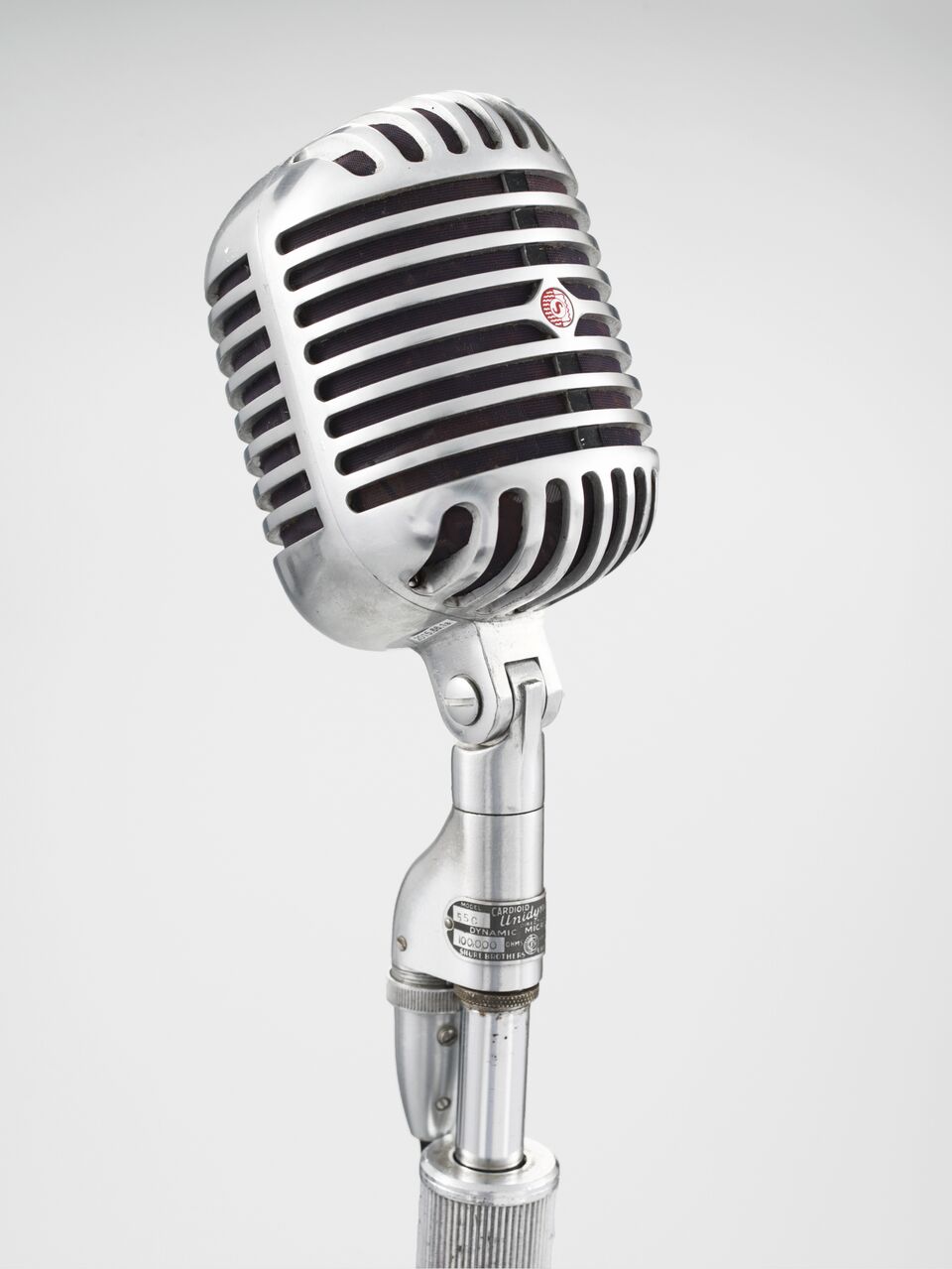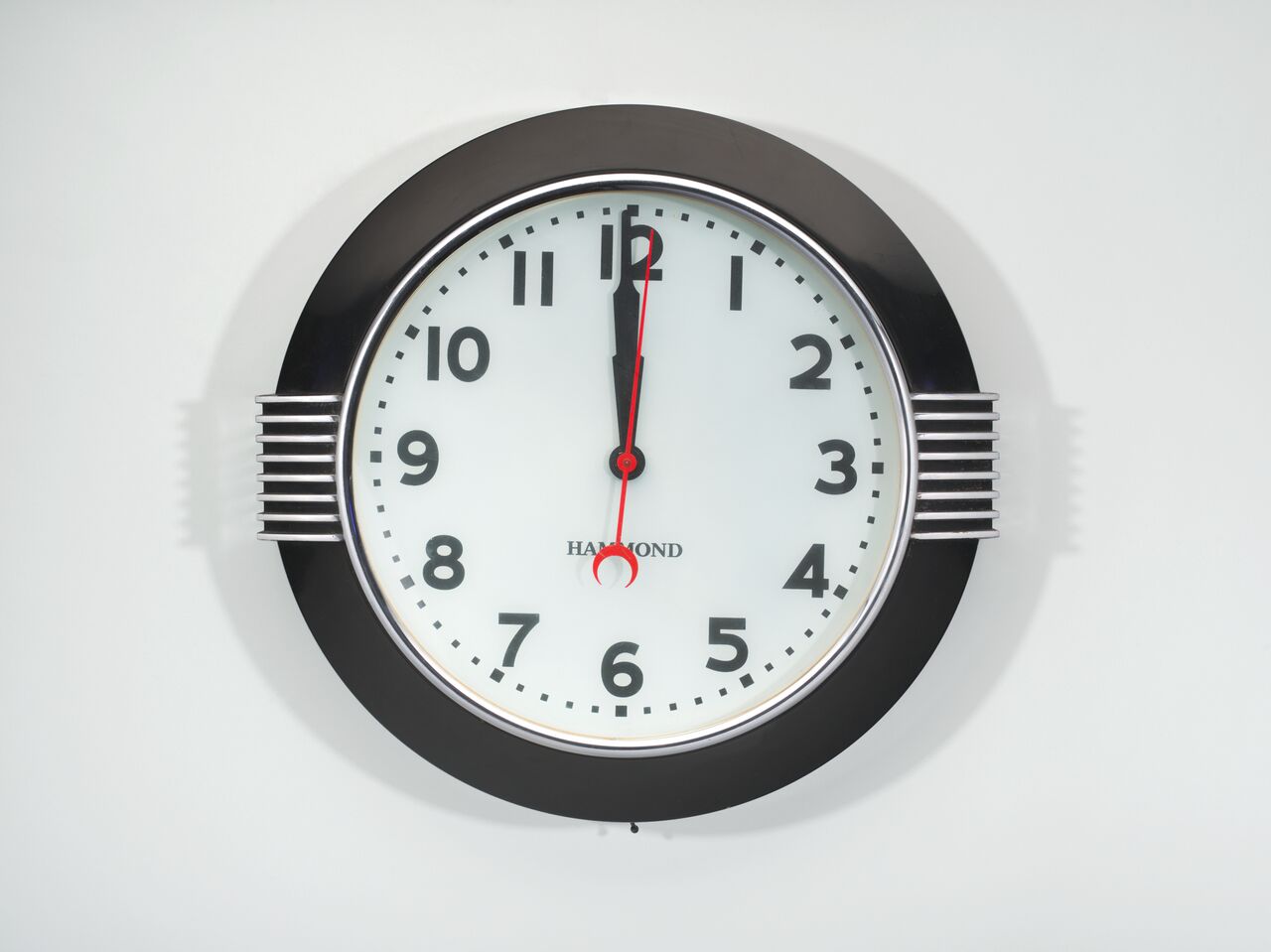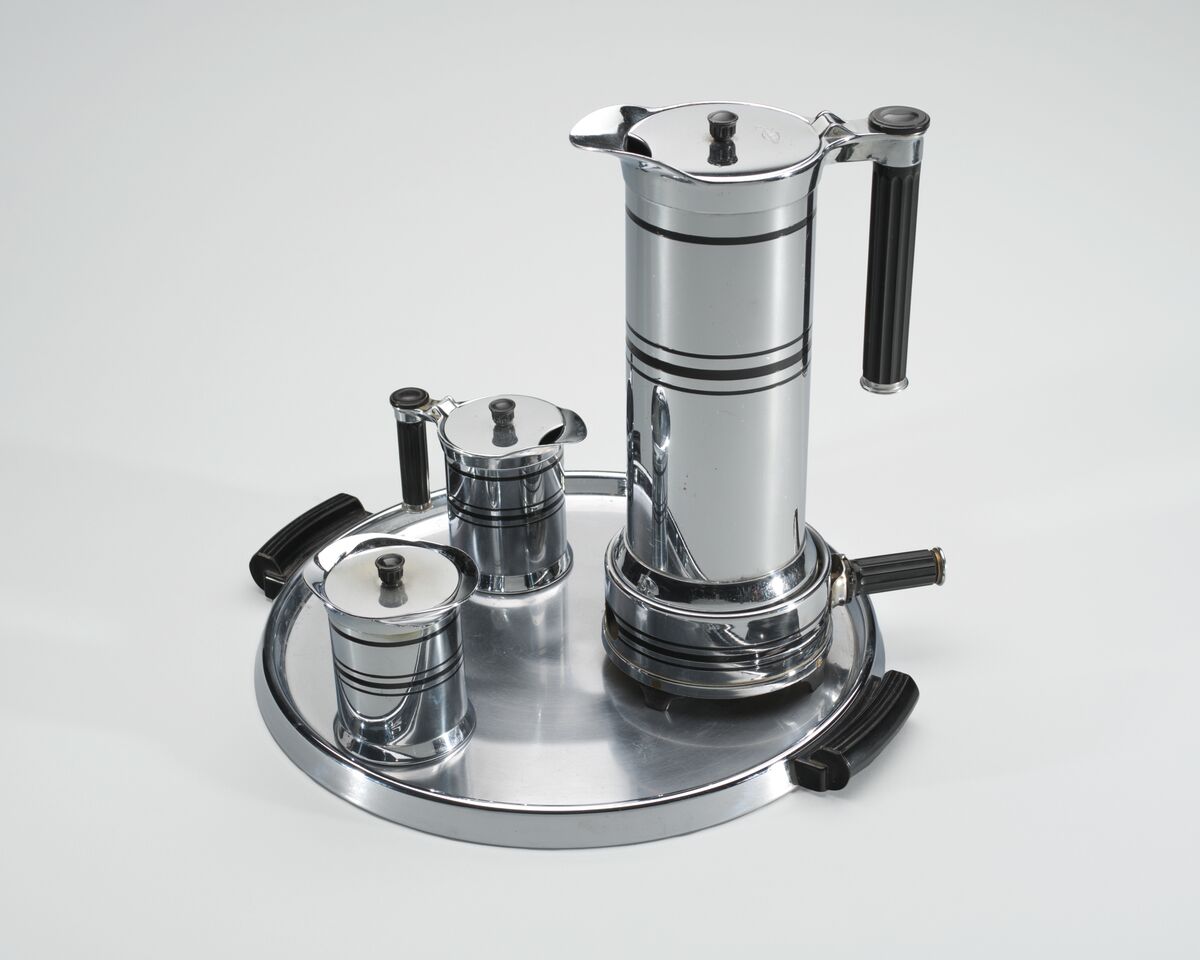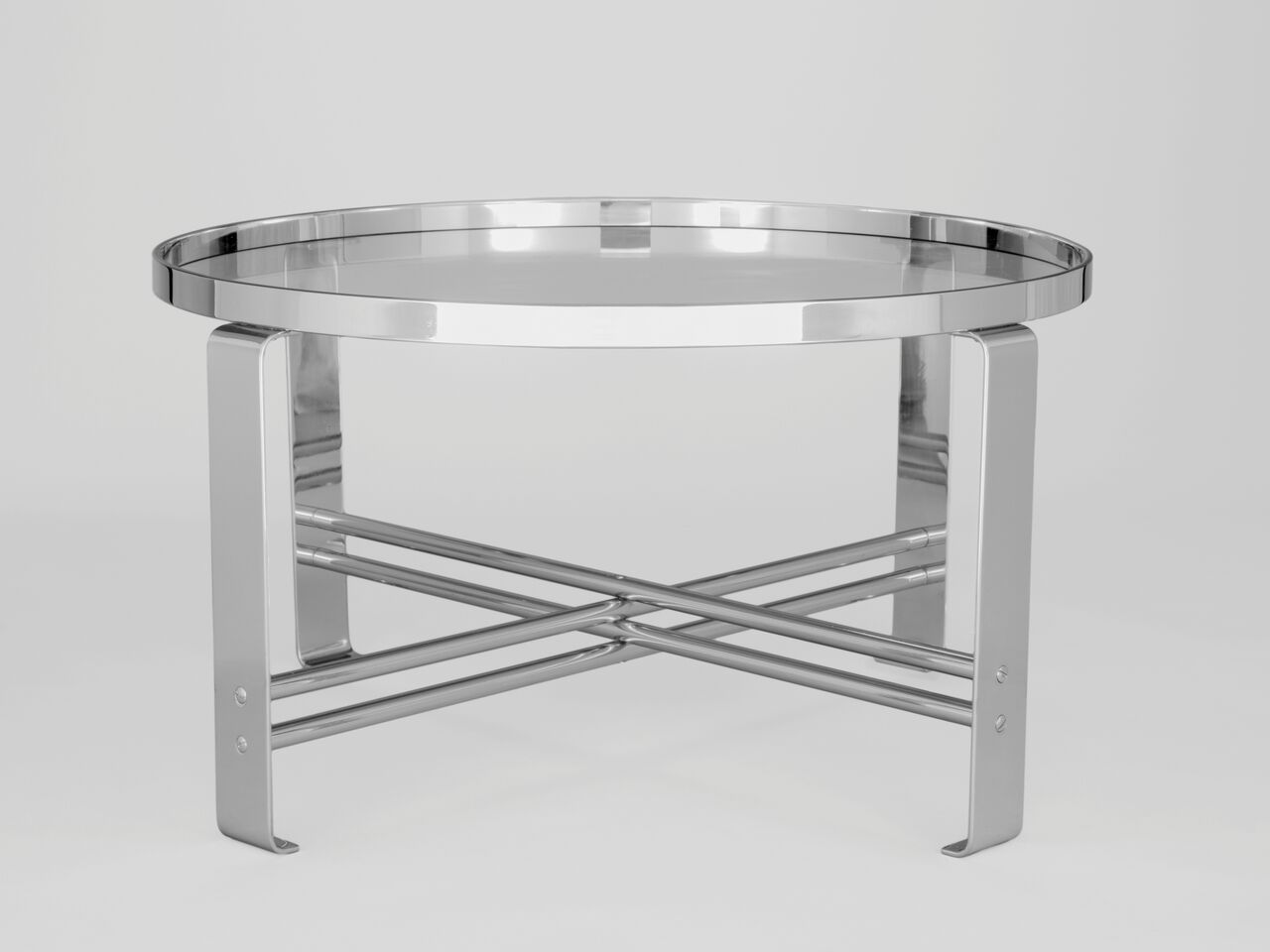By The Chicago History Museum
Inspired by modern technology, streamlined design emerged during the early 1930s and became one of the most popular design styles in history.
Discover how Chicago brought modern design to the American marketplace in the new exhibition, Modern by Design: Chicago Streamlines America, opening Saturday, October 27, at the Chicago History Museum. The exhibition is presented as part of the yearlong Art Design Chicago initiative of the Terra Foundation for American Art.
“Chicago is world-famous for modern architecture but its contributions to modern design are often overlooked,” said Olivia Mahoney, senior curator at the Chicago History Museum. “This exhibition explores how Chicago shaped the look and feel of modern America with streamlined graphics, products and interior design.”
Visitors will discover how Chicago introduced streamlined design on a mass scale at the 1933-34 Chicago World’s Fair and how Chicago companies subsequently adapted the style to make a wide range of products for American consumers who wanted the latest look and technology in their homes and workplaces.
Nearly 300 objects, photographs and documents from the 1930s-1950s trace this compelling story. Objects on view, many for the first time, include:
- Tubular steel furniture designed by Wolfgang Hoffmann for the W.W. Howell Company.
- Streamlined appliances and products by Sunbeam, Sears and Montgomery Ward.
- Advertisements for Wrigley Gum designed by Otis Shepard.
- McCormick-Deering Farmall tractor designed by Raymond Loewy.
- American Flyer toy trains, Radio Flyer wagons, and Tootsie Toy cars.
The exhibition will feature personal stories about designers such as Marianne Willisch and Lyn Colby, interior designers; Otis Shepard and Henry Harringer, graphic designers; and Wolfgang Hoffmann, Robert Budlong and John Morgan, industrial designers.
Art Deco Chicago: Designing Modern America serves as the companion publication to Modern by Design. The book is an expansive take on American Art Deco that explores Chicago’s pivotal role in developing the architecture, graphic design, and product design that came to define the middle-class style in the 20th century.
Public programs will take place throughout the run of the exhibition. Programs include “Family Design Day at CHM.”
Admission to the exhibition is included with regular Museum admission ($19 adults/ $17 seniors and students, and free for children 12 years of age and younger and Illinois residents 18 years and younger). The exhibition will run through December 1, 2019.
 Unidyne microphone made by Shure Brothers, Chicago, c. 1940
Unidyne microphone made by Shure Brothers, Chicago, c. 1940
*
 Wall clock designed by George Stephens and made by the Hammond Clock Company, Chicago, 1938.
Wall clock designed by George Stephens and made by the Hammond Clock Company, Chicago, 1938.
*
 Coffee set designed by Michael McArdle and and made the Chicago Flexible Shaft Company, 1935.
Coffee set designed by Michael McArdle and and made the Chicago Flexible Shaft Company, 1935.
*
 Tubular steel coffee table with glass top designed by Wolfgang Hoffmann for the W.W. Howell Company, Geneva, Illinois, c. 1935.
Tubular steel coffee table with glass top designed by Wolfgang Hoffmann for the W.W. Howell Company, Geneva, Illinois, c. 1935.
–
Comments welcome.
Posted on October 4, 2018


